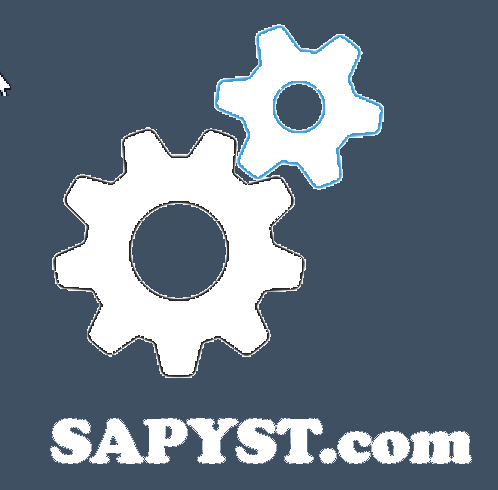WHAT ARE THE CATALOGS IN SAP QM
The catalogs in SAP S/4 HANA QM provide a way of standardizing different values, in a way that makes easier their entry and also their posterior analysis.
For instance, we must define in advance the different types of defects that we can find when we perform a test. Once they are entered, we will be able to make a statistical analysis of when and where they are occurring, and in this way find the cause for taking corrective actions.
If we let users enter a free text, we could find that different words or codes could be used for the same defect type and even some spelling errors, which would make its analysis more difficult.
The QM catalogs are predefined by IT in Customizing, so users won’t be able to change them directly. They will require somebody from the ERP support team for adding, changing or deleting their entries.
They consist of an alphanumeric code of two characters, unique in their category, and one description. And we can define them globally or specifically for each plant.
With QM Catalogs we can perform the following actions:
- To assign them directly to Master Inspection Characteristics
- To save additional information in the Inspection Plans
- To ease the record of inspection results, defects, and defect locations during Inspection Lots processing
- To ease the record of usage decisions as a result of the inspections
- To use these catalogs for describing actions, activities, and causes in the Quality Notifications, Maintenance Notifications and Services Notifications
WHAT ARE THE CATALOG TYPES IN SAP QM
The Catalog Types define the different uses that we can give to these catalogs.
By default, in the SAP Customizing we have the types from number “0” to “9” and from the letter “A” to “O”. But it is possible to define new types with letters from “P” to “Z”.
As an example, these are the first Catalog Types predefined in SAP:
| Catalog Type | Description |
| 0 |
Action Reasons |
| 1 |
Characteristic Attributes |
| 2 |
Tasks |
| 3 |
Usage Decisions |
| 4 |
Events |
| 5 |
Causes |
| 6 |
Effects |
| 7 |
Hold Codes |
| 8 |
Activities (QM) |
| 9 |
Defect Types |
| A |
Activities (PM) |
| B |
Object Parts |
| C |
Overview of Damage |
| D |
Coding |
| E |
Defect Locations |

Recent Comments